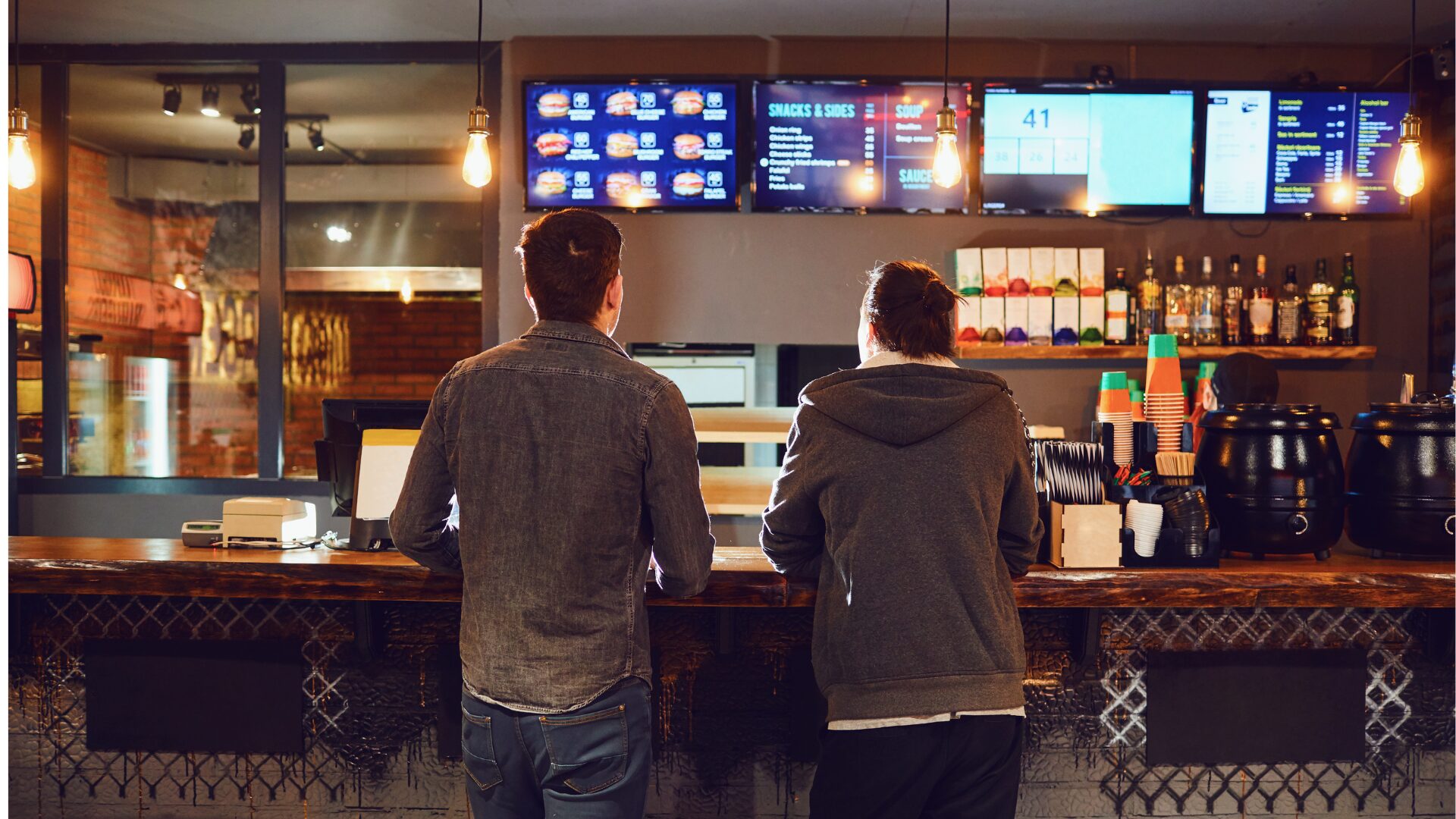Public health experts have warned that stopping COVID-19 – or at least mitigating its severity and rapid spread – will not mean the world is safe; rather, it’s just a matter of time before the next pandemic emerges as wild animals lose their habitats, fostering more contact with humans and increasing the likelihood diseases will spread.
COVID has done an estimated $87.55 trillion in economic damage worldwide, $16 trillion to the U.S. economy alone, Harvard economists estimated last fall.
Kaiser Health News noted (Jan. 4) infectious disease experts warn there are 1.67 million viruses in nature but only 4,000 have been identified. Texas A&M University said to prevent future disaster, systems already in place must be strengthened, and some of the changes implemented during the pandemic, such as the use of face masks in public, need to be retained.
What can the food industry do to prepare for the next outbreak to make sure it’s not as catastrophic? Experts told The Food Institute steps should include planning, better use of data and re-evaluation of customer needs to prevent scrambling when disaster hits.
LESSONS FROM THE BEST
“While we do think some of these ideas will be implemented by the industry, we do get the sense that the industry will try to get back to ‘normal’ as soon as possible and many organizations will not implement these recommendations. We do think that best in class companies will at least implement some of these ideas and continue to grow their competitive advantage over other food manufacturers,” said Art Bell, a partner at the consulting firm Kinetic12.
In addition, Bell said companies should not go back to business as usual. Instead, they should retain their virtual capabilities, for both customers and team management, and should look for alternative sourcing arrangements.
A study commissioned by AIB International, released May 4, indicates 78% of food and beverage executives say they already are preparing for the next pandemic. Thirty percent said they expect the next outbreak within the next four years, with fully 50% expecting one within a decade.
“This research highlights the dramatic impacts felt by so many companies in the industry due to a lack of preparedness. Despite the understandable ‘crisis fatigue’ from grappling with COVID-19 over the past year, it’s clear that now is time to prepare for the future and elevate critical planning to a best-in-class standard,” said Steve Robert, global vice president for product innovation at AIB International.
MULTI-PRONGED PLANS
Travelers Insurance executive Brian Gerritsen said because specific situations cannot always be anticipated, companies need several strategies.
“When developing these, consider strategies that can help ensure a steady supply of quality goods and products from diverse sources. Think through how your customers’ needs and buying patterns might change in a disruption scenario, as well as how you could get your products to customers safely, but effectively,” he told The Food Institute.
Jeremy Neren, CEO and co-founder of GrocerKey, said better use of technology is the key to helping the food industry through the next crisis.
“One of the greatest challenges during the COVID lockdowns was that many independent and regional grocery chains lacked a viable e-commerce solution, or had not reached the stage of launching an online shopping portal at all, and thus, were not prepared to serve customers who turned to online shopping to stay safe,” he said in an email. “This left many grocery retailers scrambling to figure out e-commerce-plus-fulfillment, which led to poor customer experiences. More than a year following the pandemic, consumers habits have shifted, and more and more will be looking to purchase groceries online.”
ANSWERS CLOSE TO HOME
“The key for grocers to survive the next pandemic/second wave is to focus on bringing more local foods into their stores to circumvent the industrial food supply chain — which we all saw crack under pressure — support the local economy and provide fresh, healthy food consumers are demanding,” said Joe Blunda, CEO at Forager.
“While local food is one of the hottest trends in grocery, supermarkets are scrambling to figure it out. Many shoppers have shifted local purchasing to community supported agriculture and farms as they have not been able to find the local food they need in-store or online,” he added. “One of the ways to get consumers back into stores is through a robust local food program, as shoppers see their grocery store in a new light and have higher expectations for local and healthy food.”
Shekar Raman, co-founder and CEO of Birdzi, said grocers should learn from their recent experiences, anticipating key items that went out of stock quickly, implement better communication strategies and allow shoppers to pick optimal shopping times based on traffic.
“The food industry has learned that you can’t control outside circumstances. However, you can control your own data,” said Lukas Kinigadner, CEO and co-founder of Anyline.
“Having end-to-end traceability of orders, inventory and shipments gives businesses actionable data. With this data in hand, companies can adjust orders, keep customers up-to-date and plan new fulfillment and delivery solutions, if required.”
SAFETY FIRST
The U.S. food packing industry was particularly hard hit during the COVID crisis, with more than 50,000 meat and poultry workers infected and 200 deaths. Swift Sensors CEO Ray Almgren said wireless sensors can help management better monitor conditions by delivering real time information to enforce personal protective equipment requirements, reduce crowding and support frequent washdowns and equipment sterilization.
“While the food service industry already has unique safety requirements … it must now adhere to new, rigorous COVID-19 safety practices,” Almgren said.












